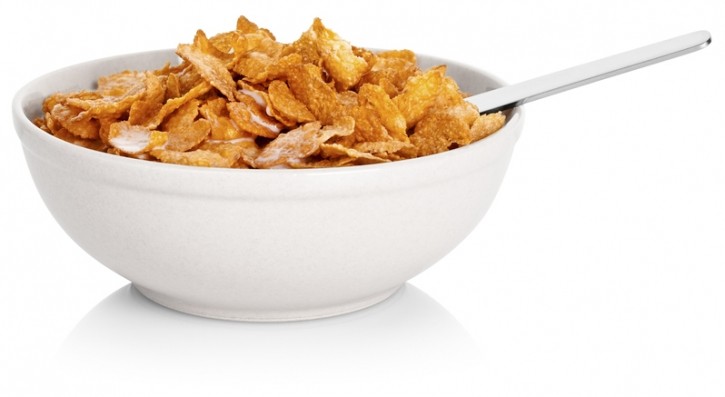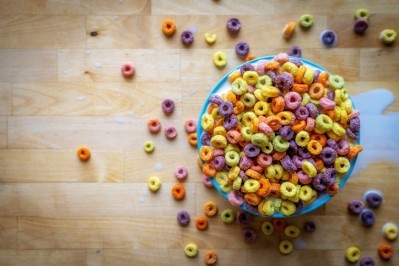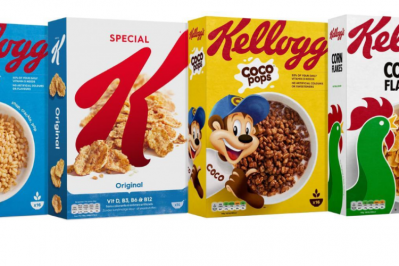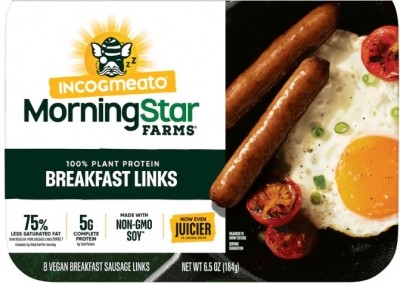Kellogg embraces new era of innovation, marketing to lift sales: ‘It’s not 1987 anymore’

“We’ve come through the last three-plus years facing all these unprecedented changes,” including supply chain constraints, labor challenges, dramatic shifts in how consumers shop and eat and a more critical retail environment that is pared down so that competition for shelf space is heightened, and are now the industry and Kellogg are entering “a new morning,” Cahillane said.
“Not to be too rosy about it, but it’s … a very, very promising outlook as we look towards how our industry and Kellogg will perform in the future. We’re very optimistic about the future,” he added.
He explained his optimism is based in part on the company’s strong performance in the first quarter, in which it saw organic net sales climb 13.7% led by sustained momentum in snacks and noodles, a rebound in North American cereal and a positive price/mix – all of which was possible because the company embraced new ways of innovating, manufacturing, marketing and partnering with other stakeholders to streamline and improve delivery.
“We’re investing in innovation and we’re investing in capacity, and so we are obviously coming out of the pandemic and the supply disruptions, the bottlenecks and shortages as so many other companies are, and we’re investing for growth,” he said.
He added the results of these efforts are reflected in the company’s upgraded guidance, which now anticipates net sales for the year will come in between 6% and 7% – up from previous expectations fo 5% to 7%, and a higher expected operating profit of 8% to 10% from a previous 7% to 9%.
‘The bar for innovation … has clearly gone up’
In terms of innovation, Cahillane said the bar has been raised since the pandemic began and Kellogg is not only meeting it, but clearing it with new products that excite consumers and retailers.
“The bar for innovation, I’ve said this in the past, has clearly gone up as SKU counts went down during the pandemic. … There is no question that innovations have to be better. They have to be performing right out of the gate. Shelf space is more valuable than it’s ever been today in my years of in the business,” he explained
Successful examples of innovations from Kellogg in North America include the launch of chocolate chip cookie dough Rice Krispies Treats, collaborations with nostalgic and indulgent brands to create Cinnabon Bakery-Inspired and ICEE cereals, and a marketing partnership with the beloved videogame Minecraft for Cheez-It and Pringles.
Merchandising, personalized marketing better support new product launches
These launches are supported by improved merchandising that, while not up to pre-pandemic levels yet, is helping to get Kellogg products on the floor to interrupt consumers’ shopping patterns, which Cahillane said is “a good thing.”
Innovation is also supported by more personalized marketing, he added.
“The whole world of marketing has changed like it never has before. The true promise of one-to-one marketing that we’ve been talking about for so many years is upon us with data and analytics, more sophisticated than they’ve ever been, first-party data, more robust and more available than it’s ever been – to really target consumers in a way that marketers have dreamed up for years,” he said.
Kellogg’s ability to execute new product launches as well as deliver on long-standing favorites also is improving thanks to the company deploying new technologies, including artificial intelligence and machine learning to better predict end-to-end what retailers need and when, Cahillane said.
“We’re getting better and better at predictive really end-to-end,” and now “supply chains have come through stronger as well as the relationship with consumers, I think, are more end-to-end than they’ve ever been before,” he explained.
He added that Kellogg has also eliminated friction with it customers through better joint business plans that consider how to eliminate waste, grow the size of the prize and still serve the common consumer.
“So, as you put all these things together … it’s not 1987 anymore,” it is a new era and one that is promising and made stronger by the trials of the pandemic and the new partnerships and solutions forged during that period, he said.










